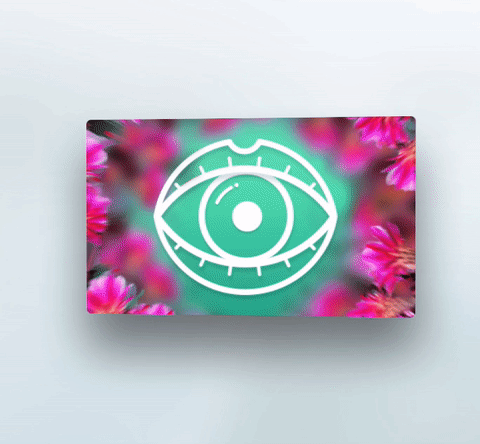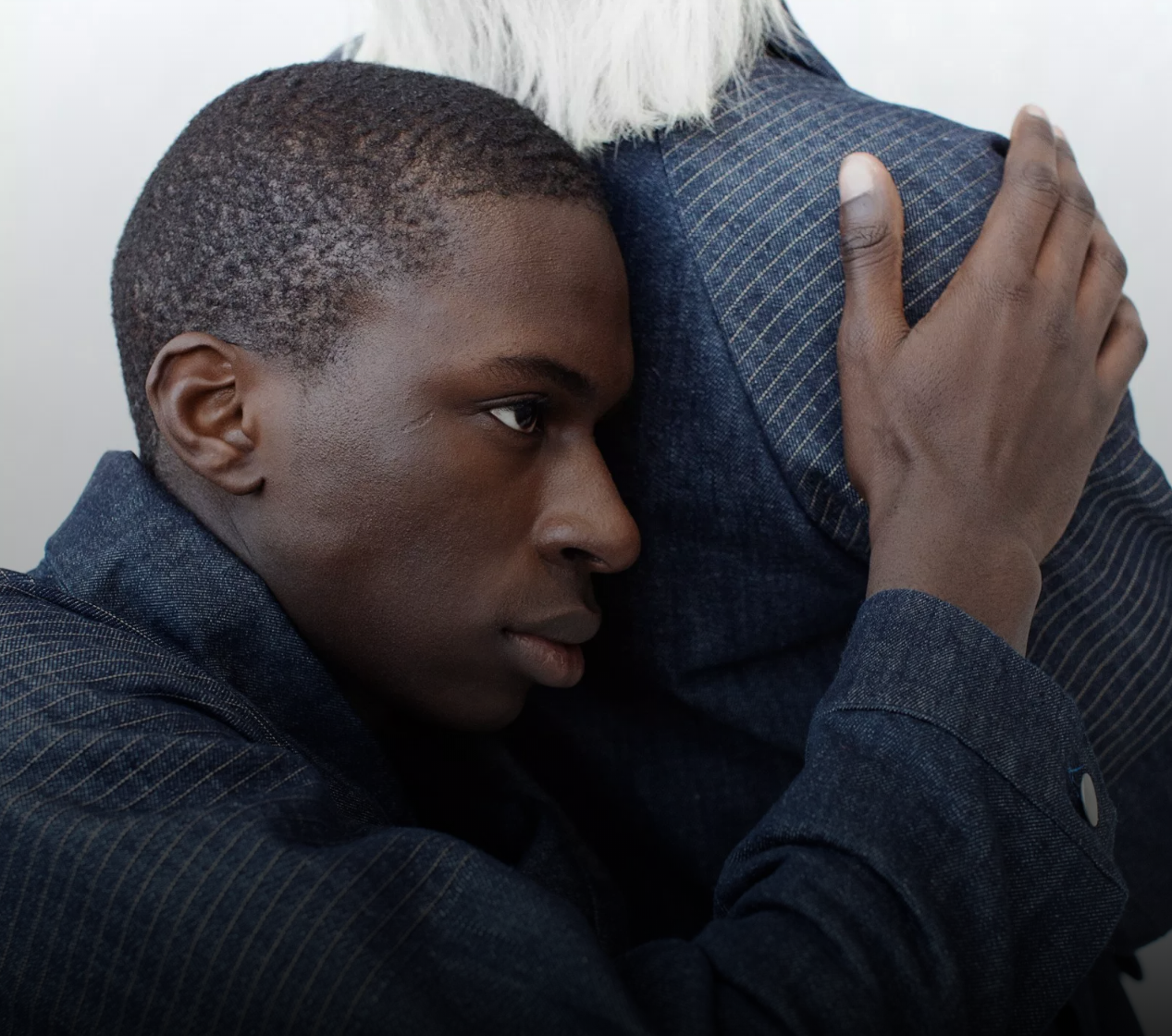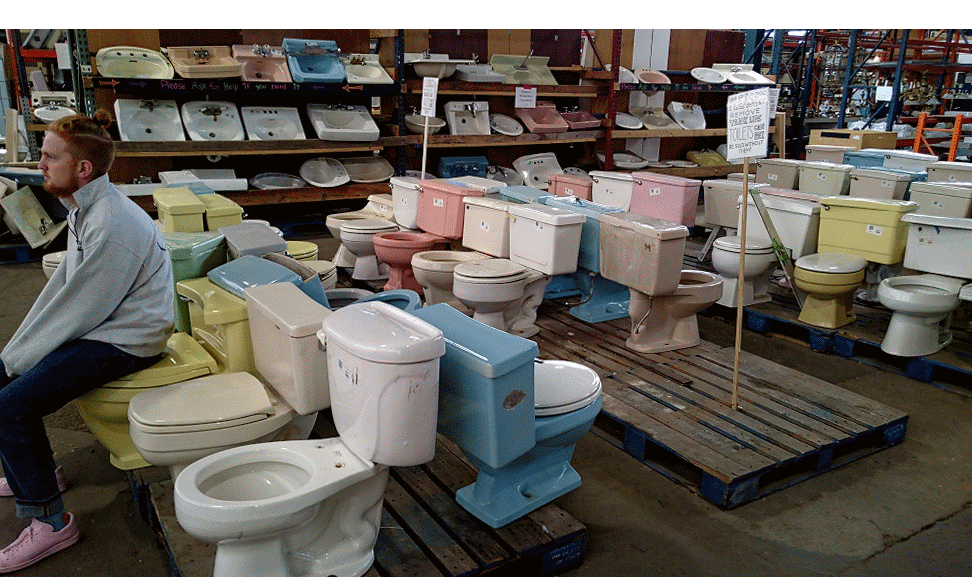/* Samantha Ho
Section E
sch1@andrew.cmu.edu
Project-02*/
var eyeSize = 20;
var faceW = 100;
var faceH = 150;
var textPlacement =100;
var textPlace =150;
var posx = 400;
var posy =200;
var mouthx = 320;
var mouthy = 276;
var mouthw = 100;
var mouthh = 150;
var mouthoutw = 100;
var mouthouth = 150;
var bubbax = 400;
var bubbay =200;
var bubbbx = 400;
var bubbby =200;
function setup(){
createCanvas(640, 480);
}
function draw() {
background(230,230,230);
//face fill
fill(230,240,250);
noStroke();
ellipse(width / 2.1, height / 2.4, faceW+100, faceH+60);
//face
strokeWeight(1);
stroke(60,60,60);
noFill();
ellipse(width / 2, height / 2.4, faceW+100, faceH+60);
//mouth
noStroke();
fill(200,0,0);
ellipse(mouthx,mouthy, mouthw/1.6, mouthh/26);
noFill();
stroke(20,20,20);
ellipse(mouthx,mouthy, mouthoutw/1.6, mouthouth/26);
fill(200,0,0);
noStroke();
var eyeLX = width / 2 - faceW * 0.45;
var eyeRX = width / 2 + faceW * 0.45;
ellipse(eyeLX, height/2, eyeSize, eyeSize);
ellipse(eyeRX, height/2, eyeSize, eyeSize);
//bubble
strokeWeight(5);
stroke(216,216,216);
fill(250,250,250);
ellipse(posx+16,posy+76, faceW/2, faceH/3);
noStroke();
fill(230,230,230);
ellipse(posx+13, posy+80, faceW/2.5, faceH/3.5);
stroke(20,20,20);
strokeWeight(1);
noFill();
ellipse(posx+18, posy+80, faceW/1.8, faceH/2.6);
//bubblea
stroke(20,20,20);
strokeWeight(1);
noFill();
ellipse(bubbax+18, bubbay+80, faceW/8, faceH/10);
//bubbleb
stroke(20,20,20);
strokeWeight(1);
noFill();
ellipse(bubbbx+18, bubbby+80, faceW/8, faceH/9);
//bubblewand
strokeWeight(6);
stroke(200,0,0);
noFill();
ellipse(420, 280, faceW/3.6, faceH/4);
rect(420, 301, faceW/70, faceH/4);
//text try
noStroke();
fill(216,216,216);
textSize(50);
textFont('Helvetica');
text('bubbles', textPlacement,100);
textPlacement = textPlacement +2;
if(textPlacement>640){
textPlacement = -350 };
fill(219,216,216);
textSize(50);
textFont('Helvetica');
text('bubbbbles', textPlace,100);
textPlace = textPlace +6;
if(textPlace>640){
textPlace = -350 };
angleMode(DEGREES);
}
function mousePressed() {
mouthx= random(320,360);
mouthw= random(100,40);
mouthh= random(150,300);
mouthoutw= random(90,50);
mouthouth= random(140,400);
posx = random(400,460);
posy = random(220,40);
bubbax = random(400,480);
bubbay = random(220, 140);
bubbbx = random(410,500);
bubbby = random(230, 130);
}
I enjoyed playing around with the variables and I’m excited by the idea of computational animation. I played around with words and strokes, but couldn’t quite nail down how to do opacities on js. On the p5-js references page, the closest thing I could find was blendMode. That being said, I’m looking forward to exploring this further.
![[OLD FALL 2018] 15-104 • Introduction to Computing for Creative Practice](../../../../wp-content/uploads/2020/08/stop-banner.png)



